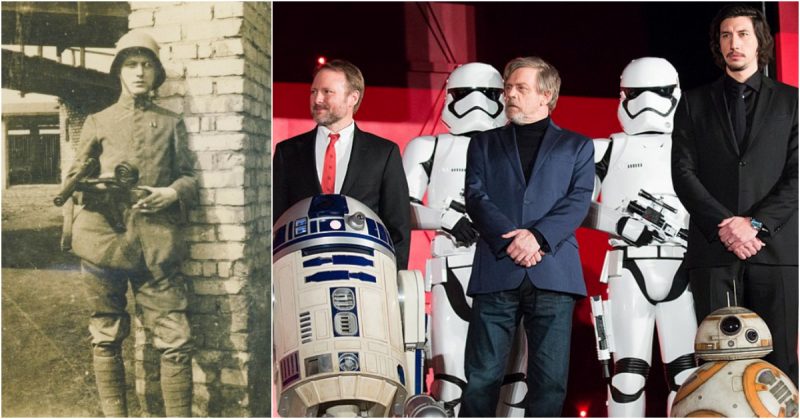J. R. R. Tolkien’s Lord of the Rings series, when written, drew parallels to the Second World War. Tolkien, a Great War veteran weary of such antics, denied those claims.
Media derives its source material from a plethora of fields. Writers, hailing from varied backgrounds and inspirations, then add their own knowledge and expertise to enrich and enliven their creations. This not only makes their works more vivid and realistic, but it also makes the writers’ job a lot easier than thinking things up from scratch.
Game of Thrones
Though many movies and TV series, such as M*A*S*H and Hogan’s Heroes, get obvious inspiration from warfare, the sources of other works can be a bit more obscure. Game of Thrones, the HBO series based on the A Song of Ice and Fire book series, is no exception to media based in history.
Though fans may complain about the realism of the battles, the politics are heavily based on England’s War of the Roses.
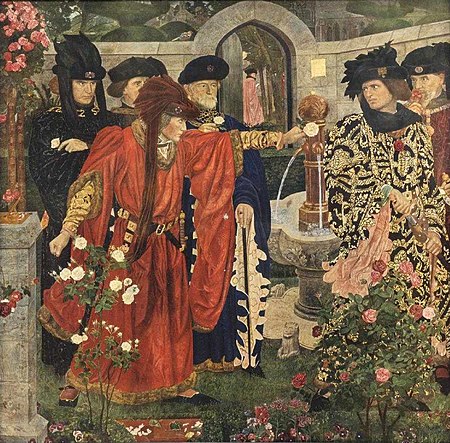
The English civil war pitted two prominent royal houses against each other to decide who would rule England. “House Lannister” in the show derived its name from the real life House of Lancaster.
Game of Thrones, at least, has far fewer people named Edward and Henry, so at least it’s easier to keep track of who is who in the show than it is in a history of the actual War of the Roses.
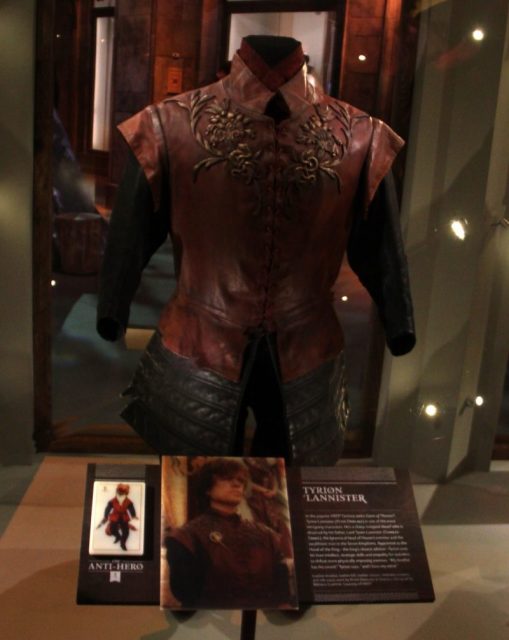
Outlander
Traveling north, the TV series Outlander (and preceding it, the book series) draws much of its inspiration from the Jacobite uprisings of mid-eighteenth century Scotland. Though at heart a romantic drama and a story of a modern character transported to the past, the author went to great efforts to make it historically accurate in its portrayal of warfare at the time.
The buildup to the Battle of Culloden, which broke the back of the rebellion, is refreshingly reflective of warfare at the time. In a series that defies genre identification, adding “period piece” to the list would not be out of place.
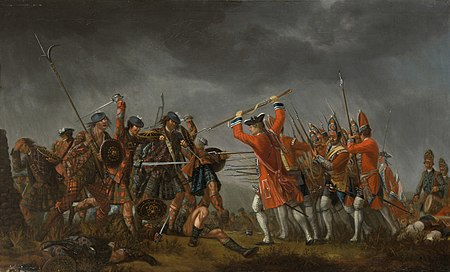
Star Wars
The mythological and historical parallels of the Star Wars movies to real life has enthralled and bored literature, theater, and mythology classes since A New Hope’s release in the 1970’s.
While the mythological links run across the first three movies, historical parallels exist within them all. It is not difficult to link the Empire or First Order with the Third Reich, with its storm troopers and officers in snazzy uniforms.
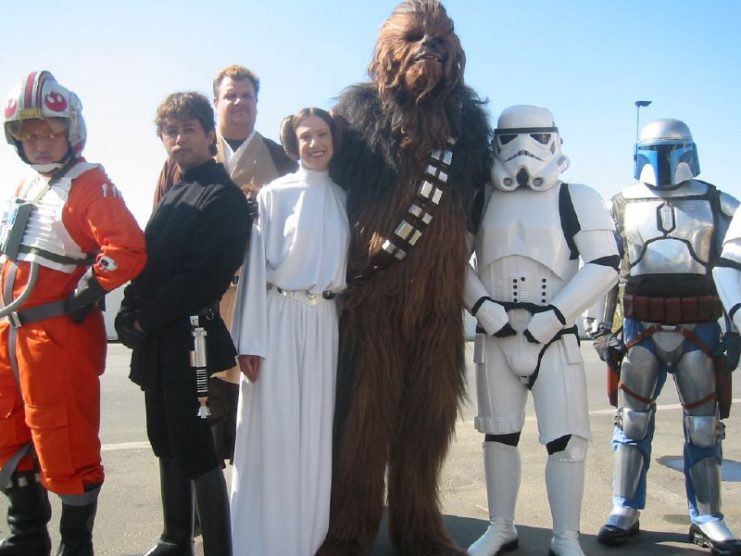
The prequel conflict between a Confederacy and a Republic begs for comparison to the American Civil War. And, though not well received at the time, the Ewoks of Endor and their jungle tactics were described in the old Legends expanded universe as equivalent to the Viet Cong of the Vietnam War.
Last but not least, J. R. R. Tolkien’s Lord of the Rings series, when written, drew parallels to the Second World War. Tolkien, a Great War veteran weary of such antics, denied those claims.
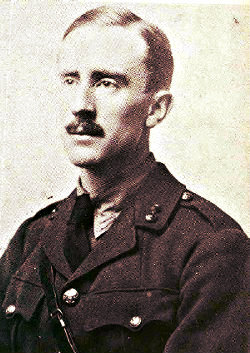
The movie adaptations lacked such compunctions, with director Peter Jackson himself stating he drew direct inspirations from the Third Reich and WWII for his movie trilogy, particularly in The Two Towers.
Indeed, the Uruk-hai army, amassed using a combination of sorcery and science to create a force of superior orcs, is very reminiscent of Nazi rhetoric and History Channel specials on their love of the occult.
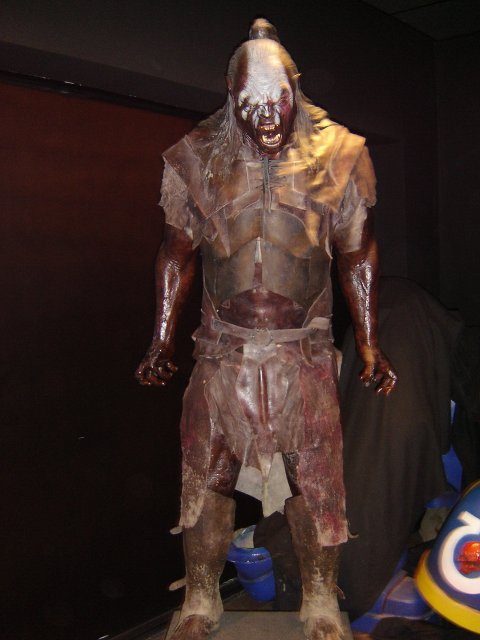
The uncharacteristic evil of some within the Axis Powers allows WWII to offer a wide variety of inspiration for fantasy and science fiction writers. Fantasy genres reveling in the dichotomy of good versus evil find easy sources from such a conflict. More nuanced works can still find references to draw from, and indeed can search for other sources as well.
By mixing and blending genres, visual media can access history to mold and frame their stories with verisimilitude and an air of realism difficult to create from whole cloth. Such works are all the richer for the inspiration and, thanks to such sources, actual history is once more brought to light by the interested and intrigued.
